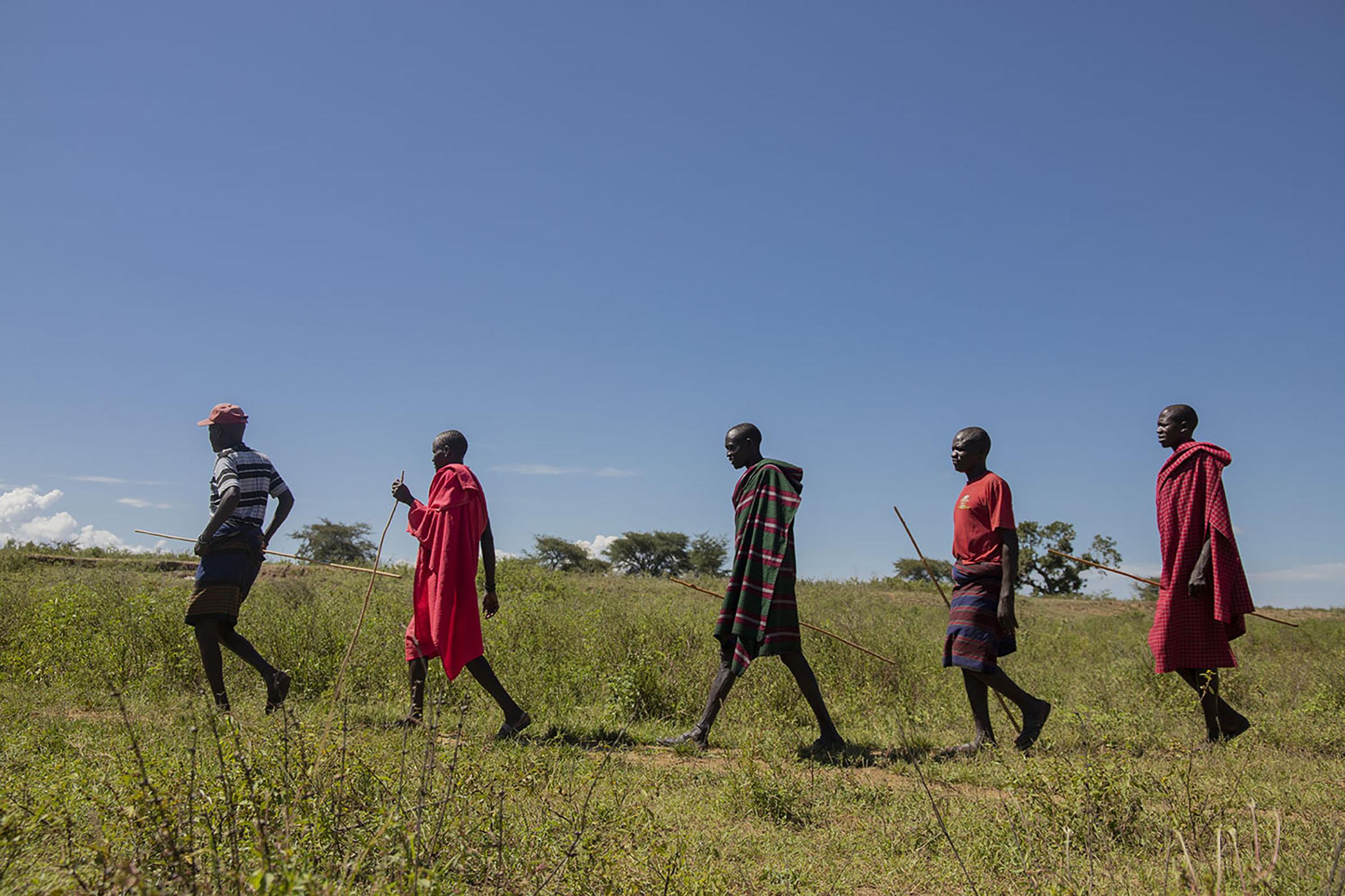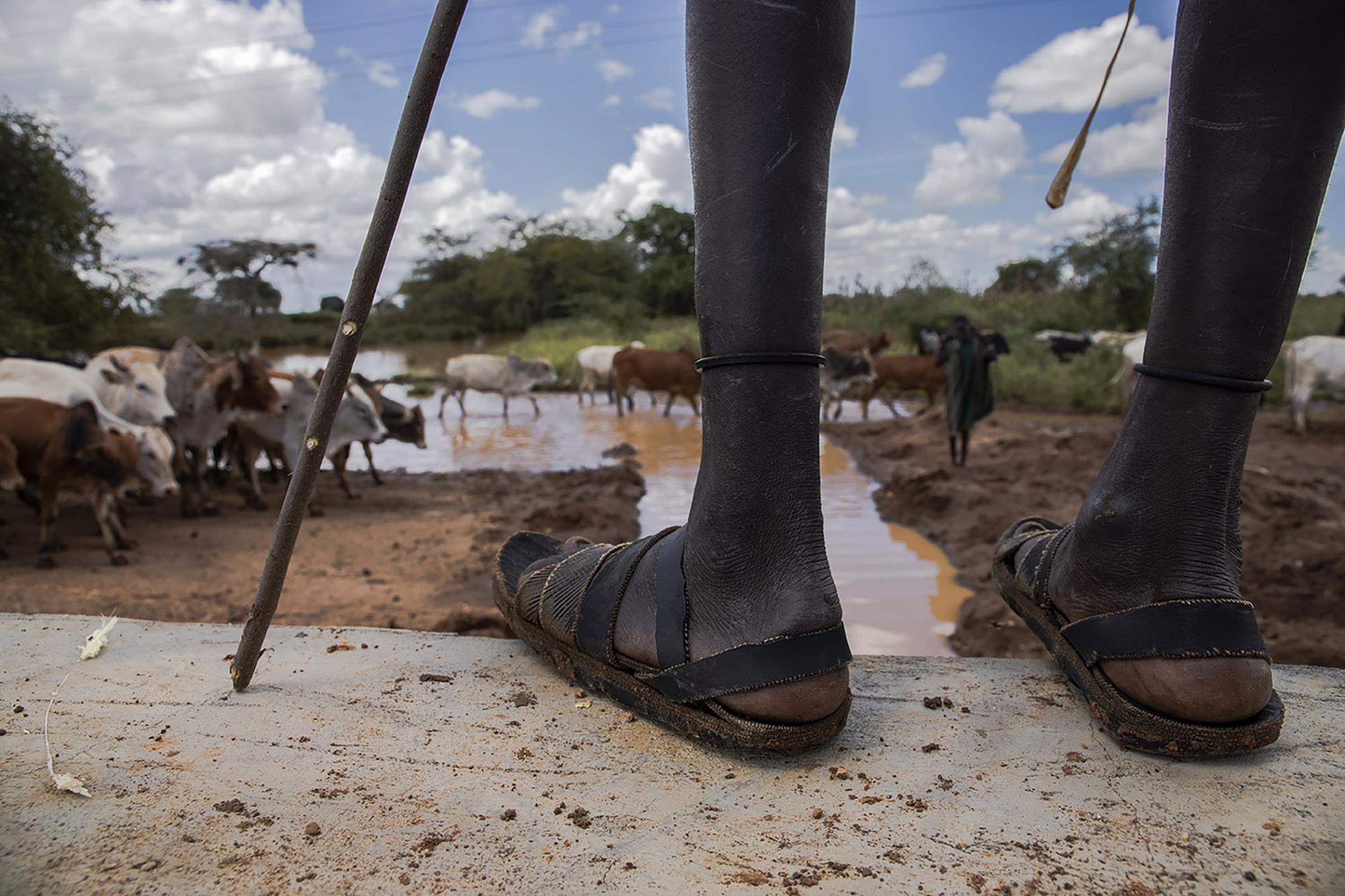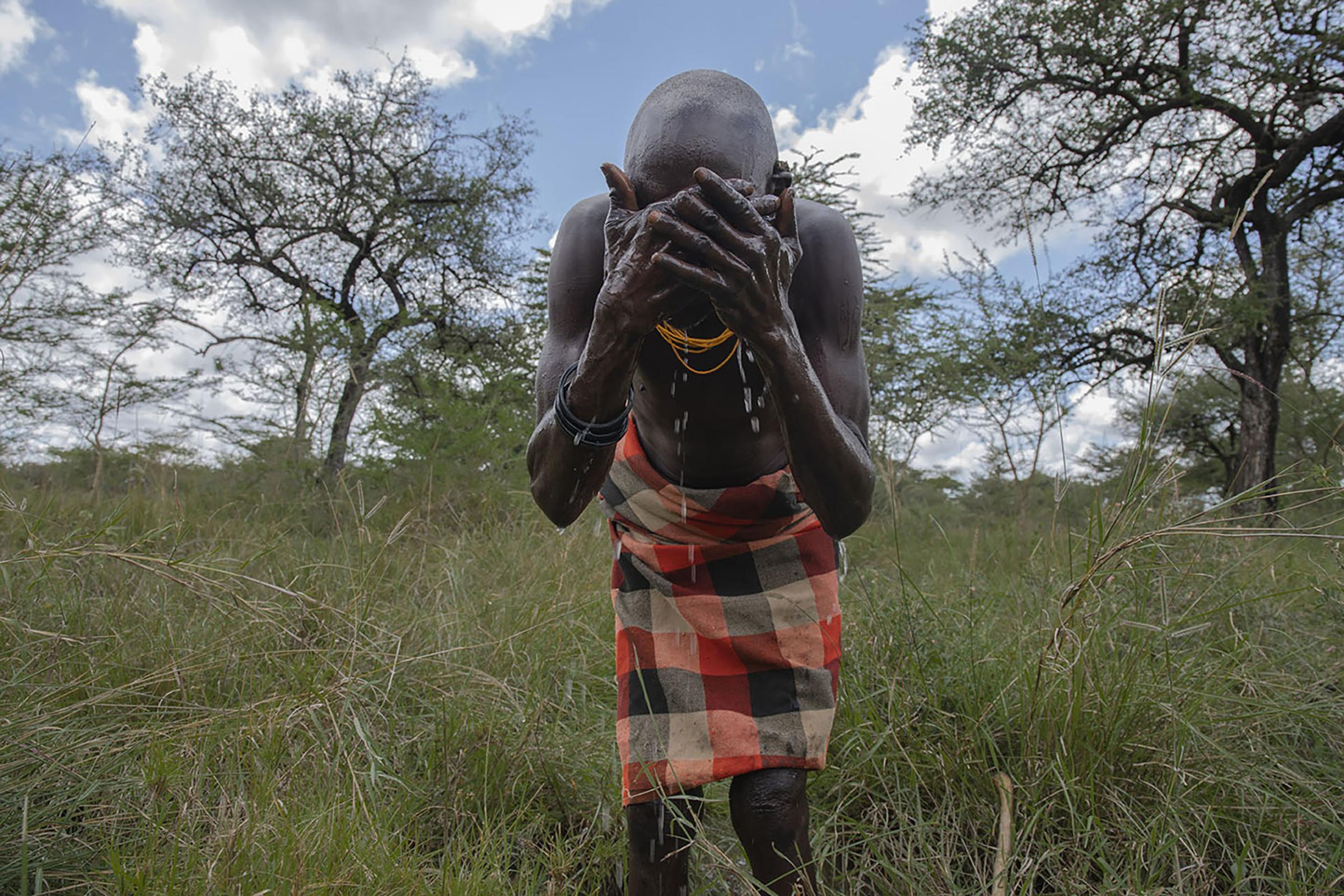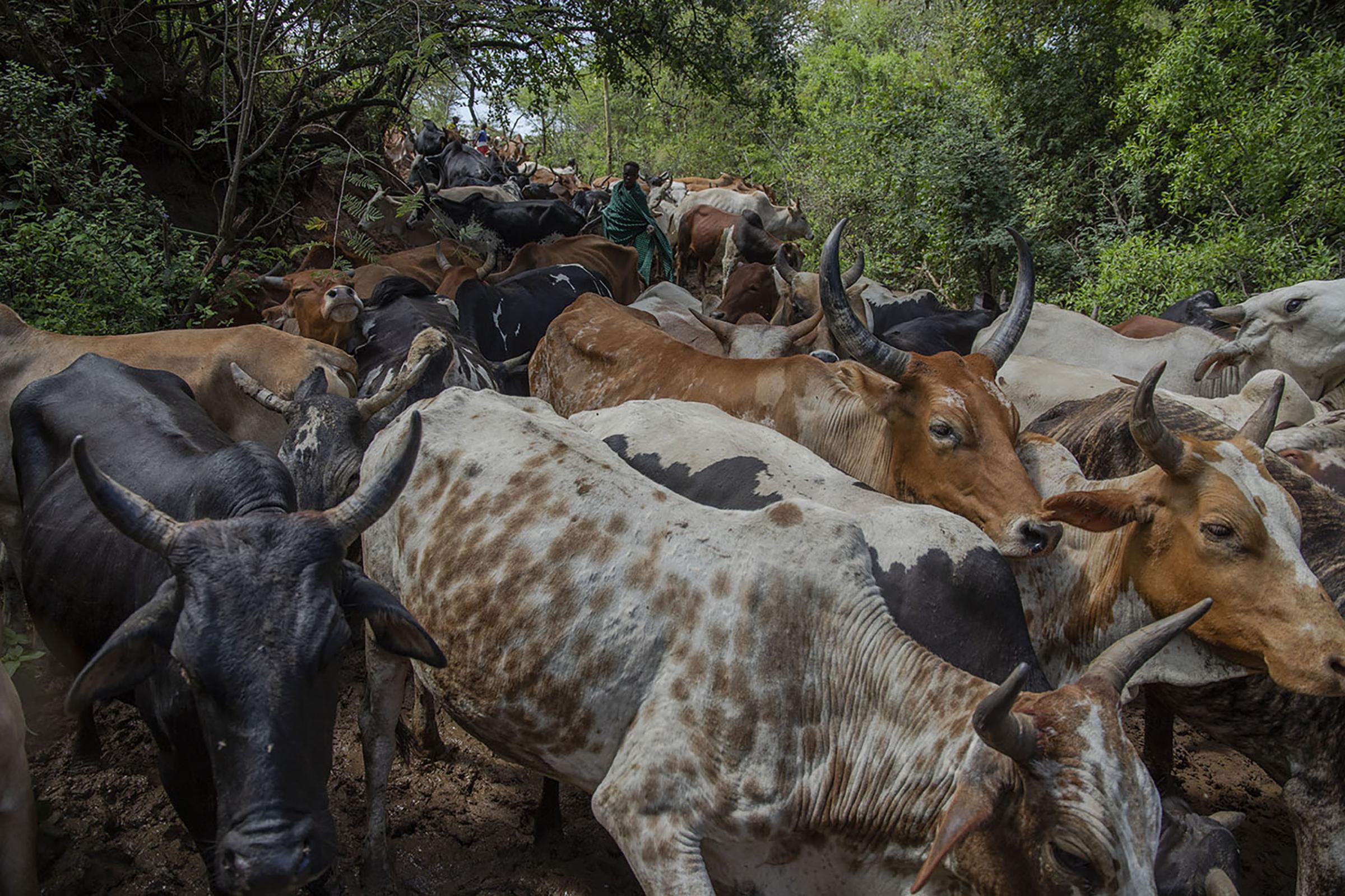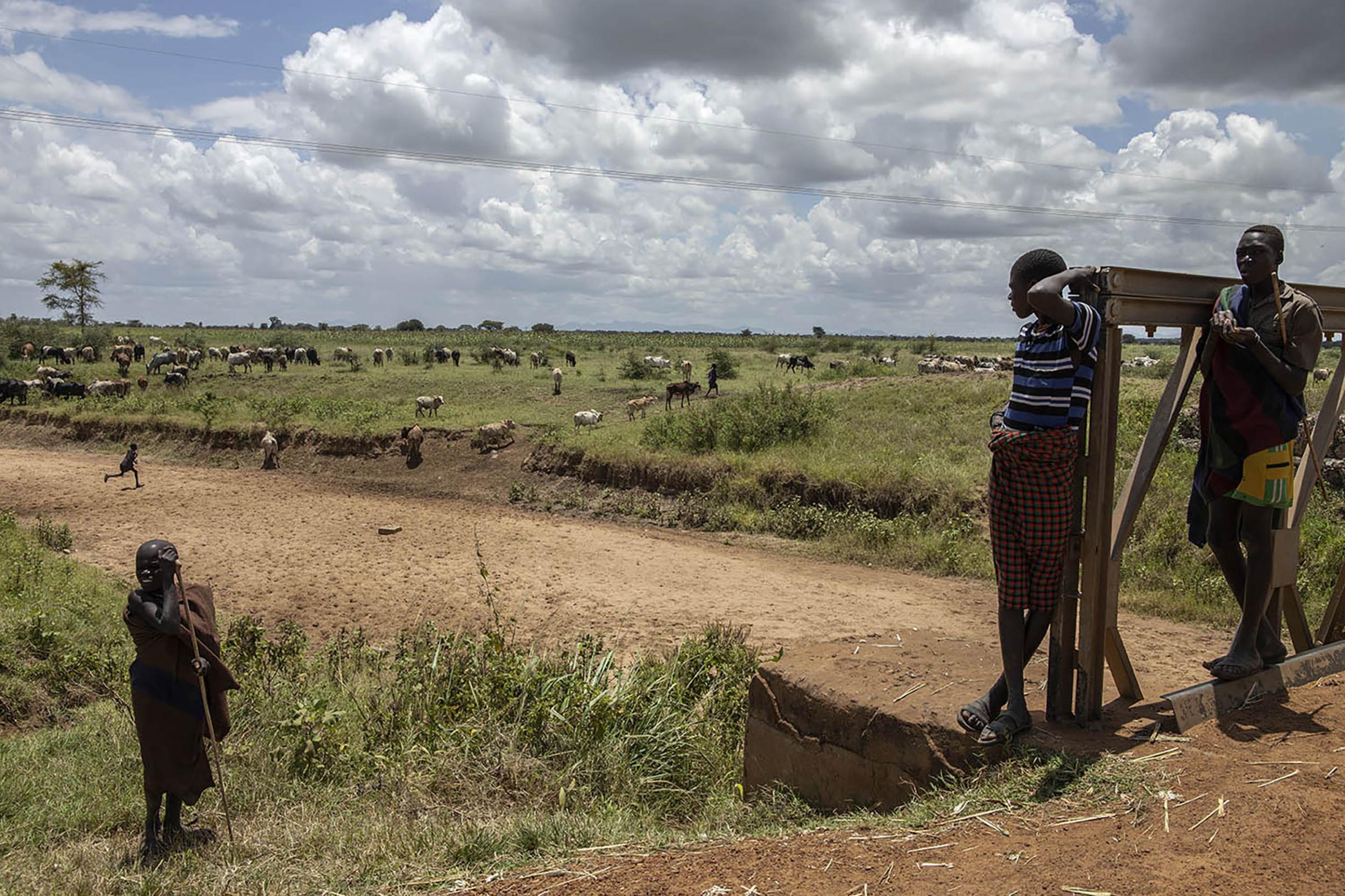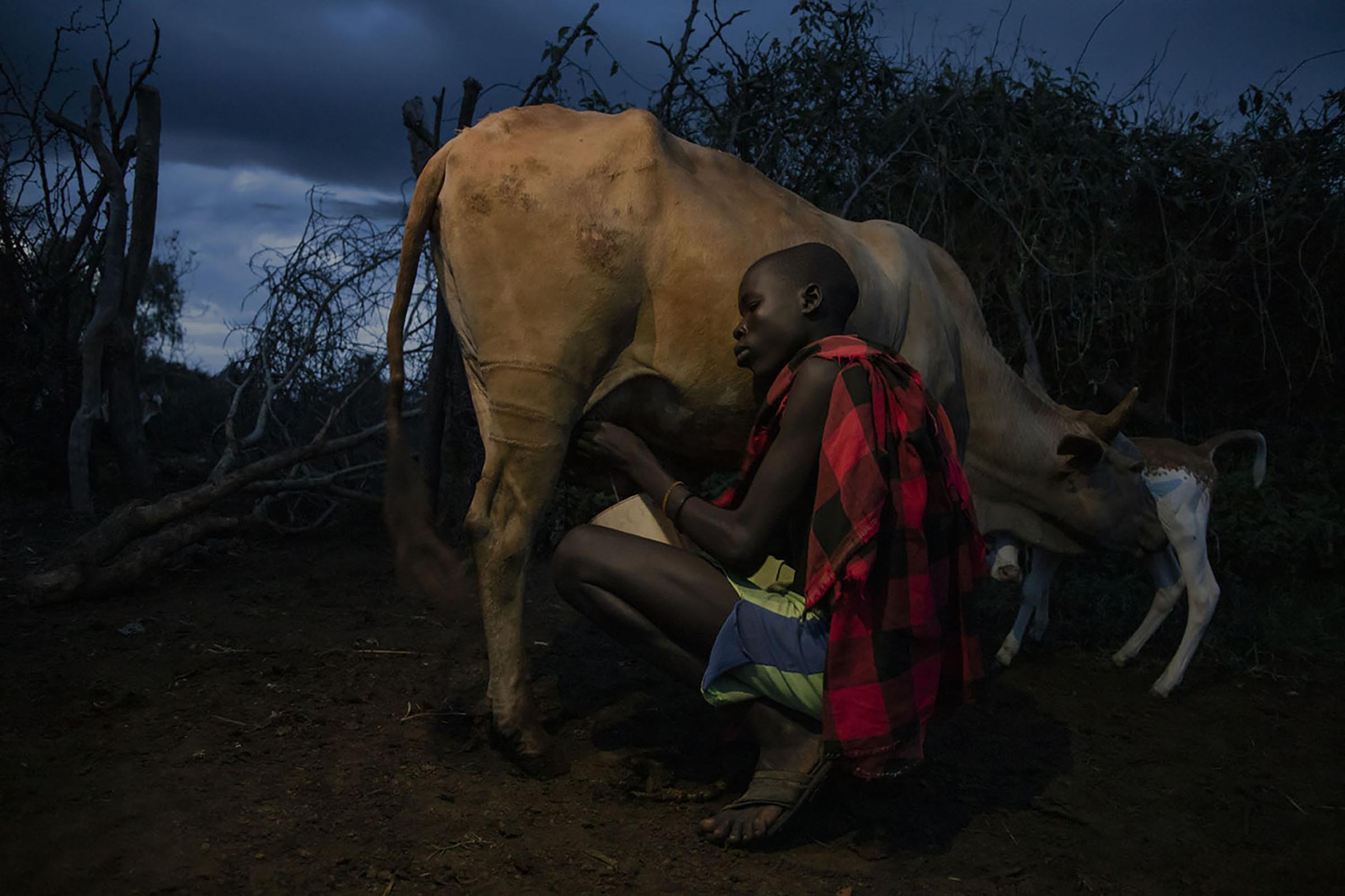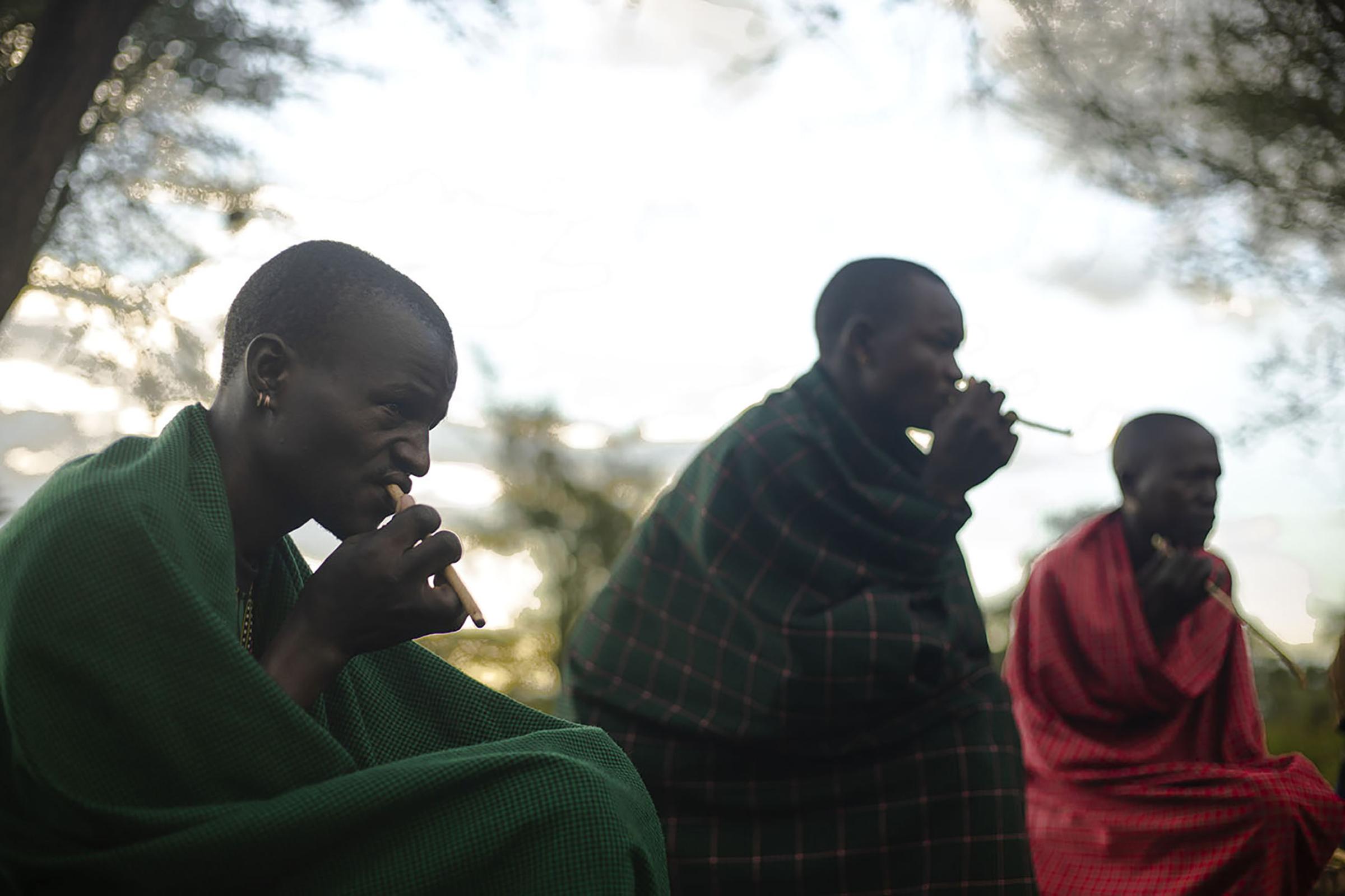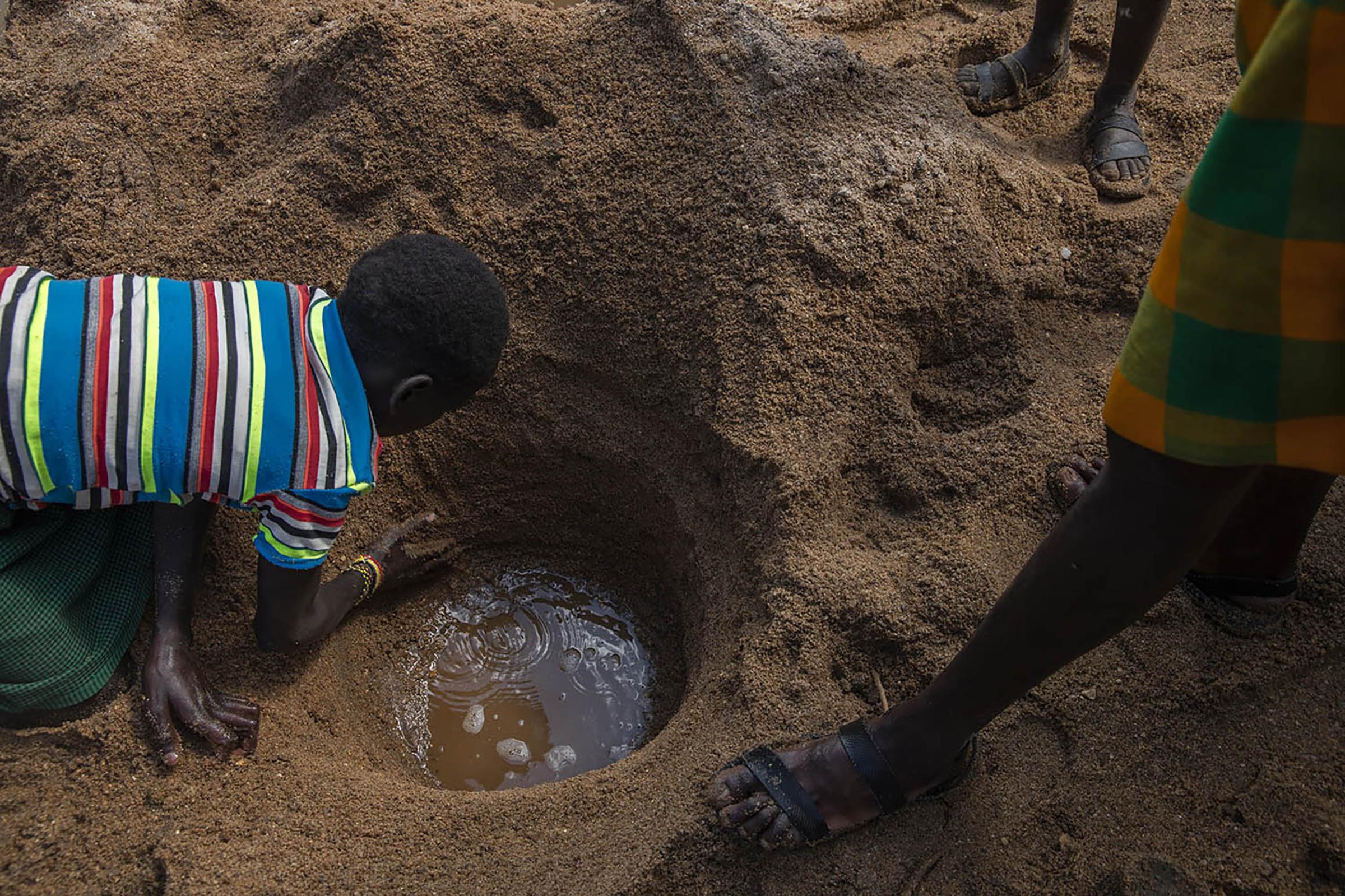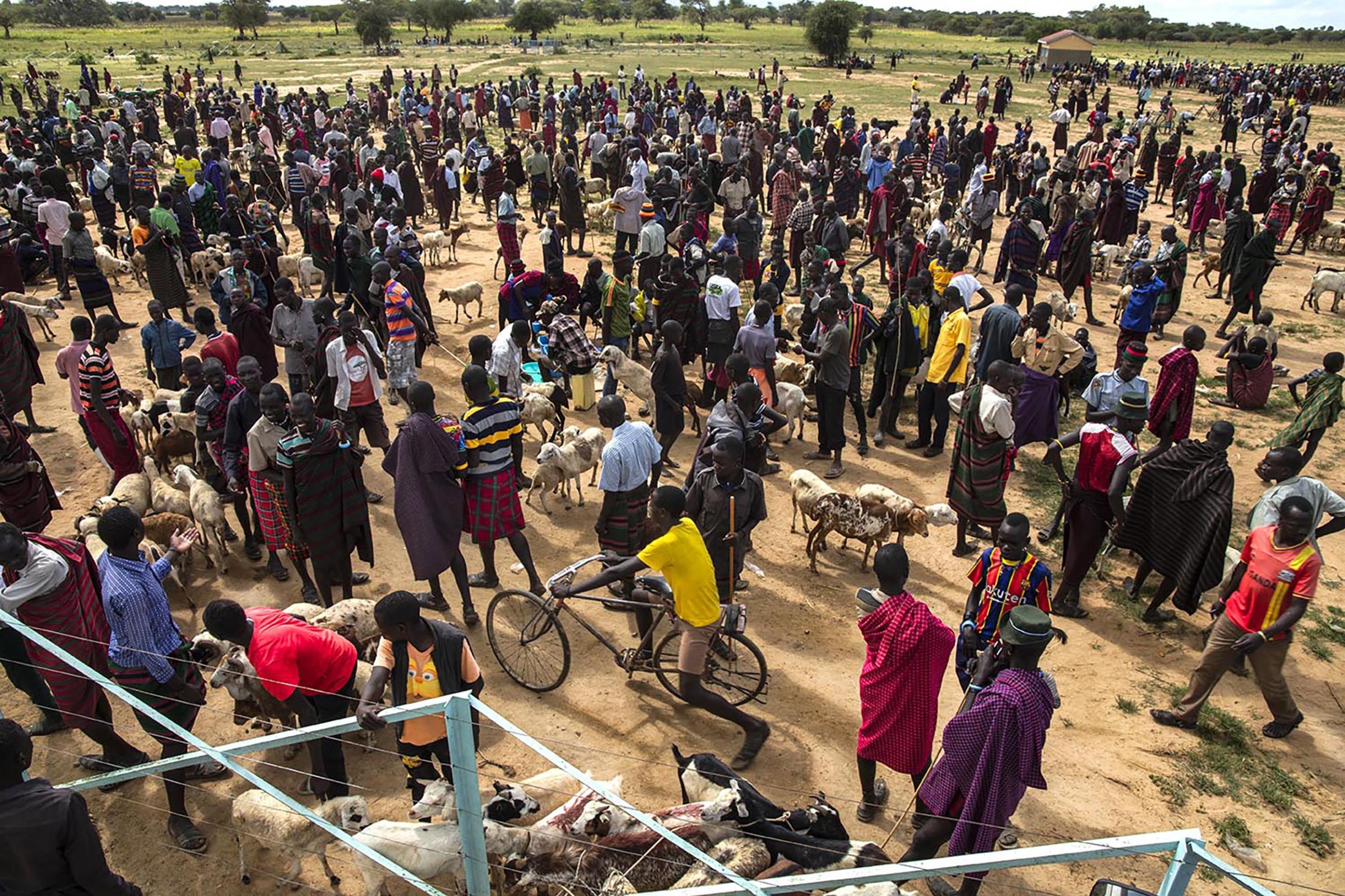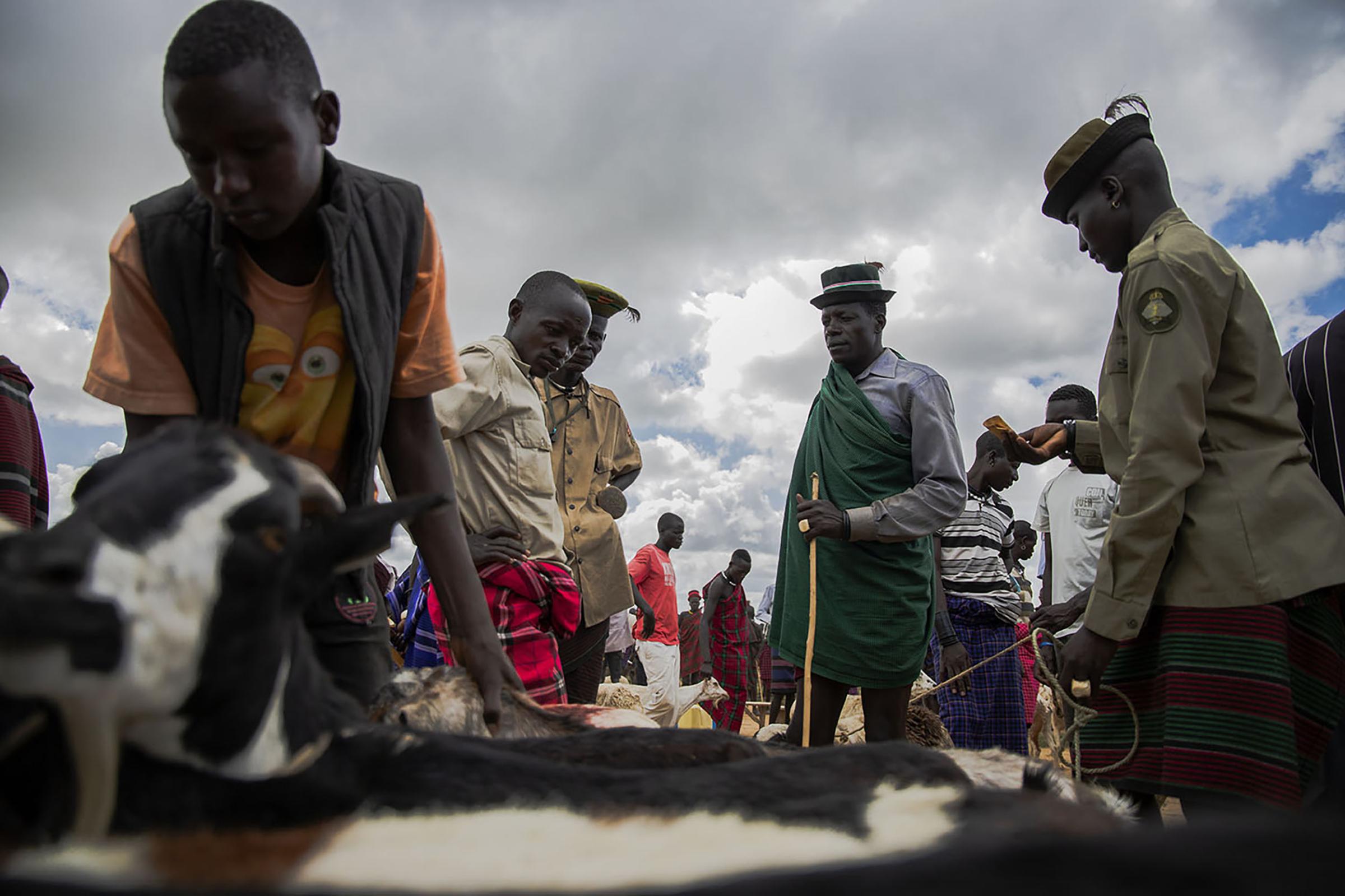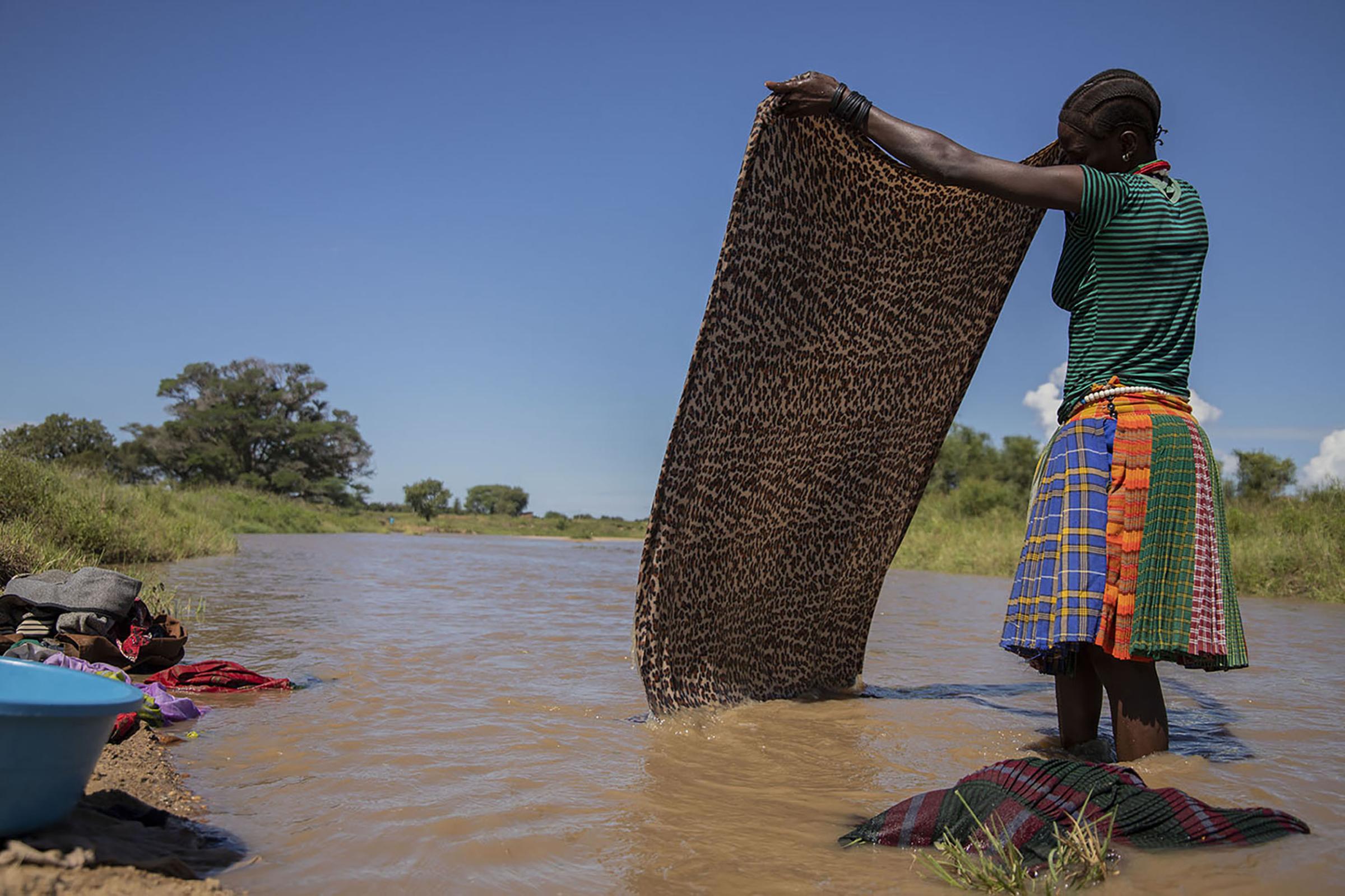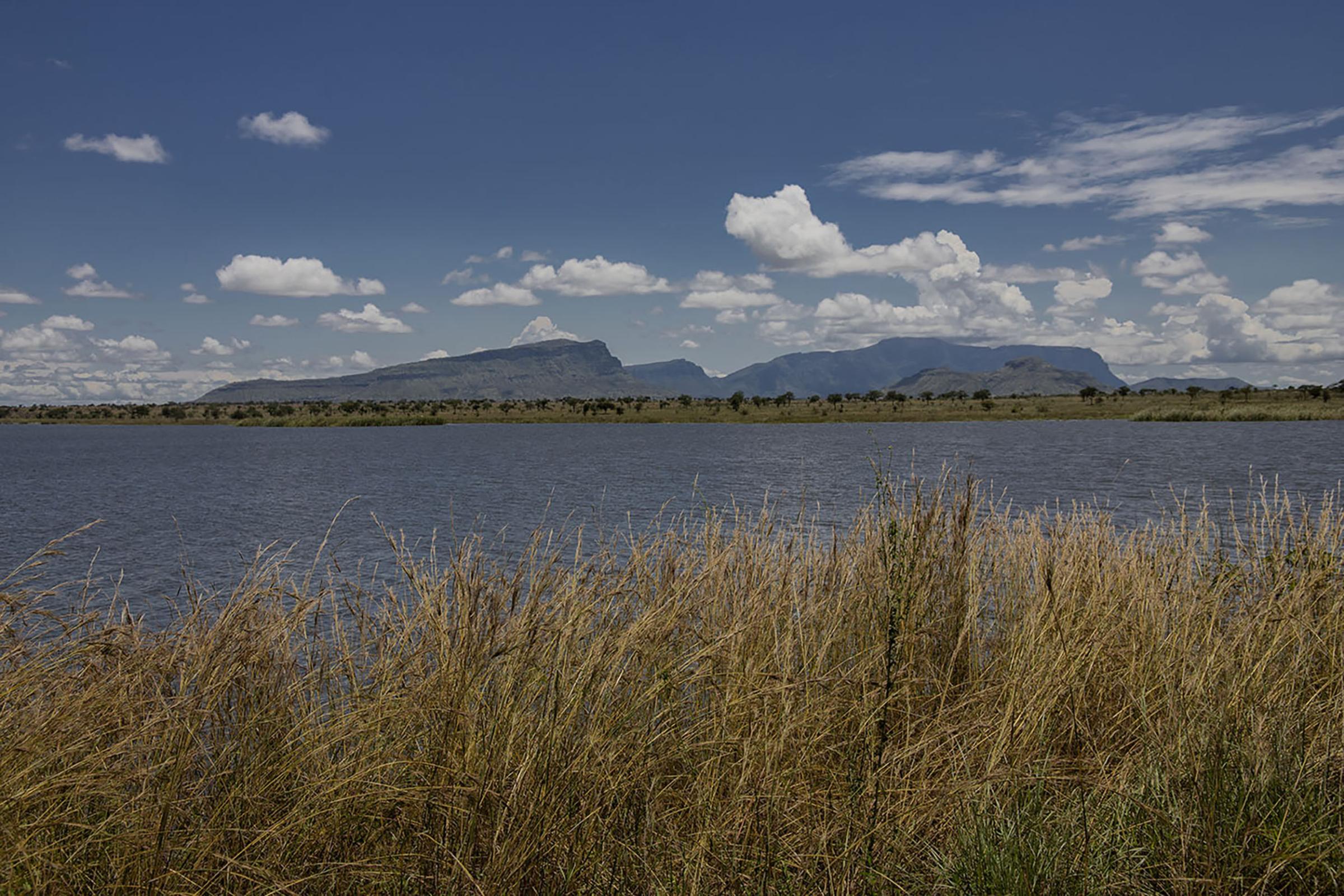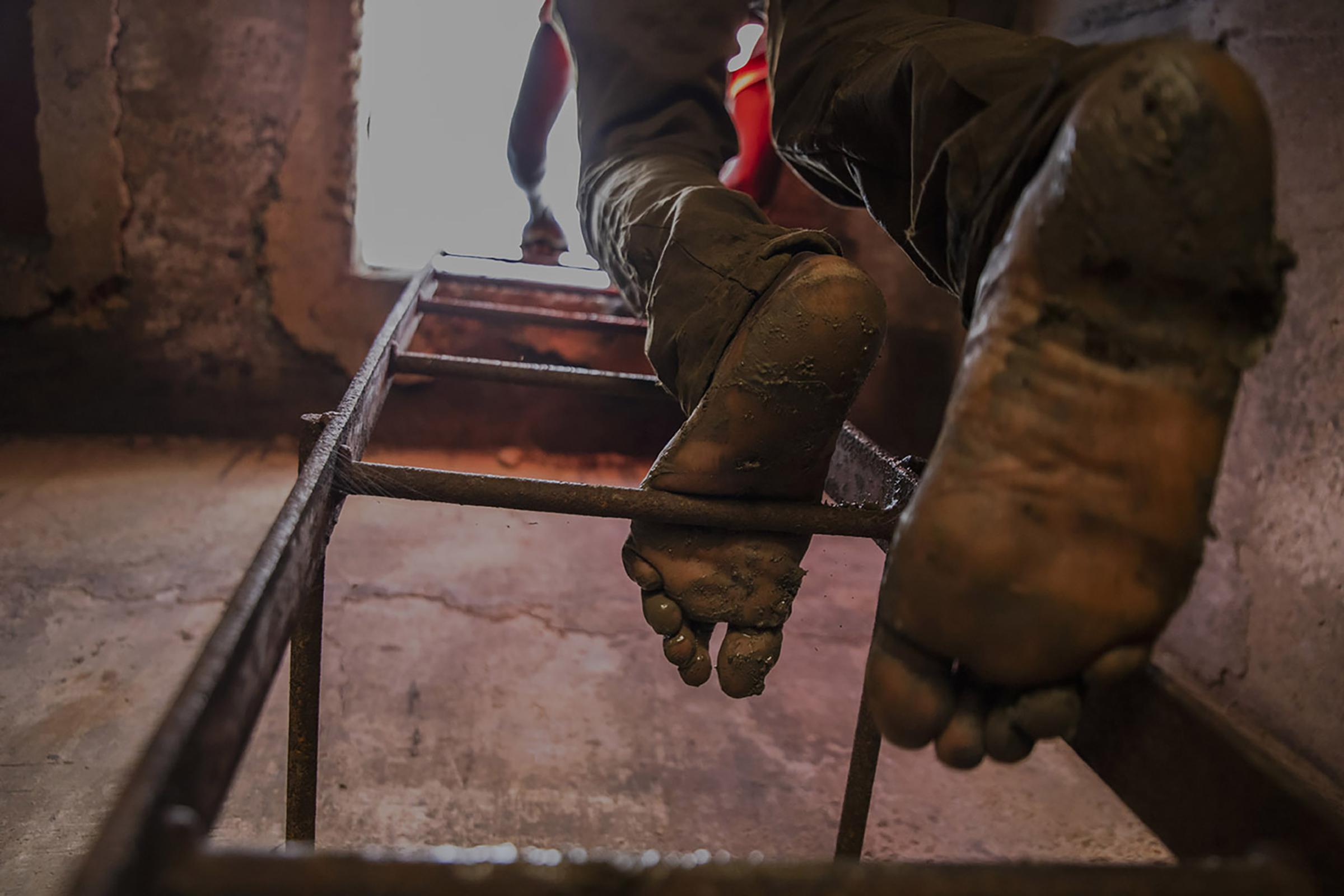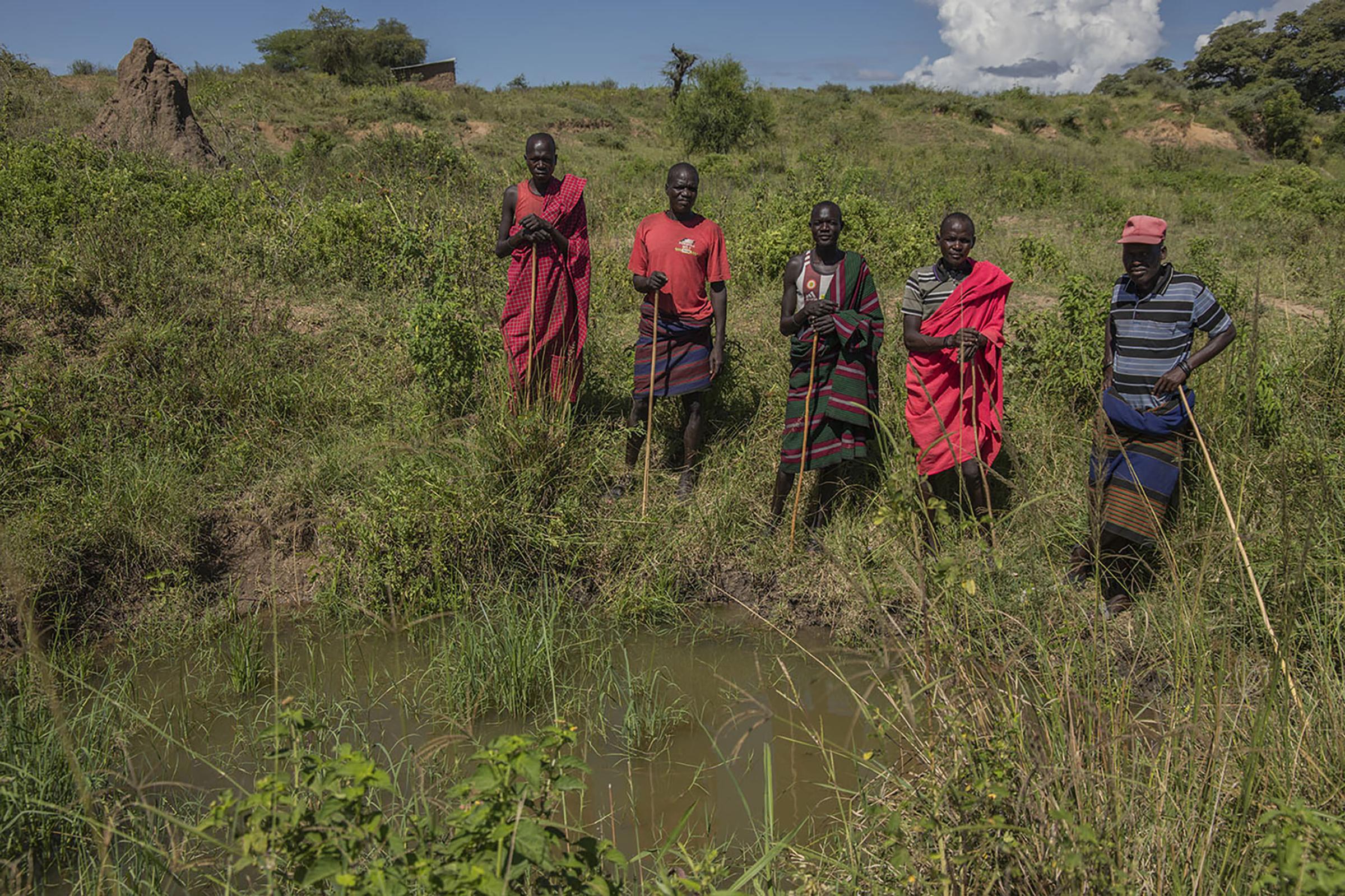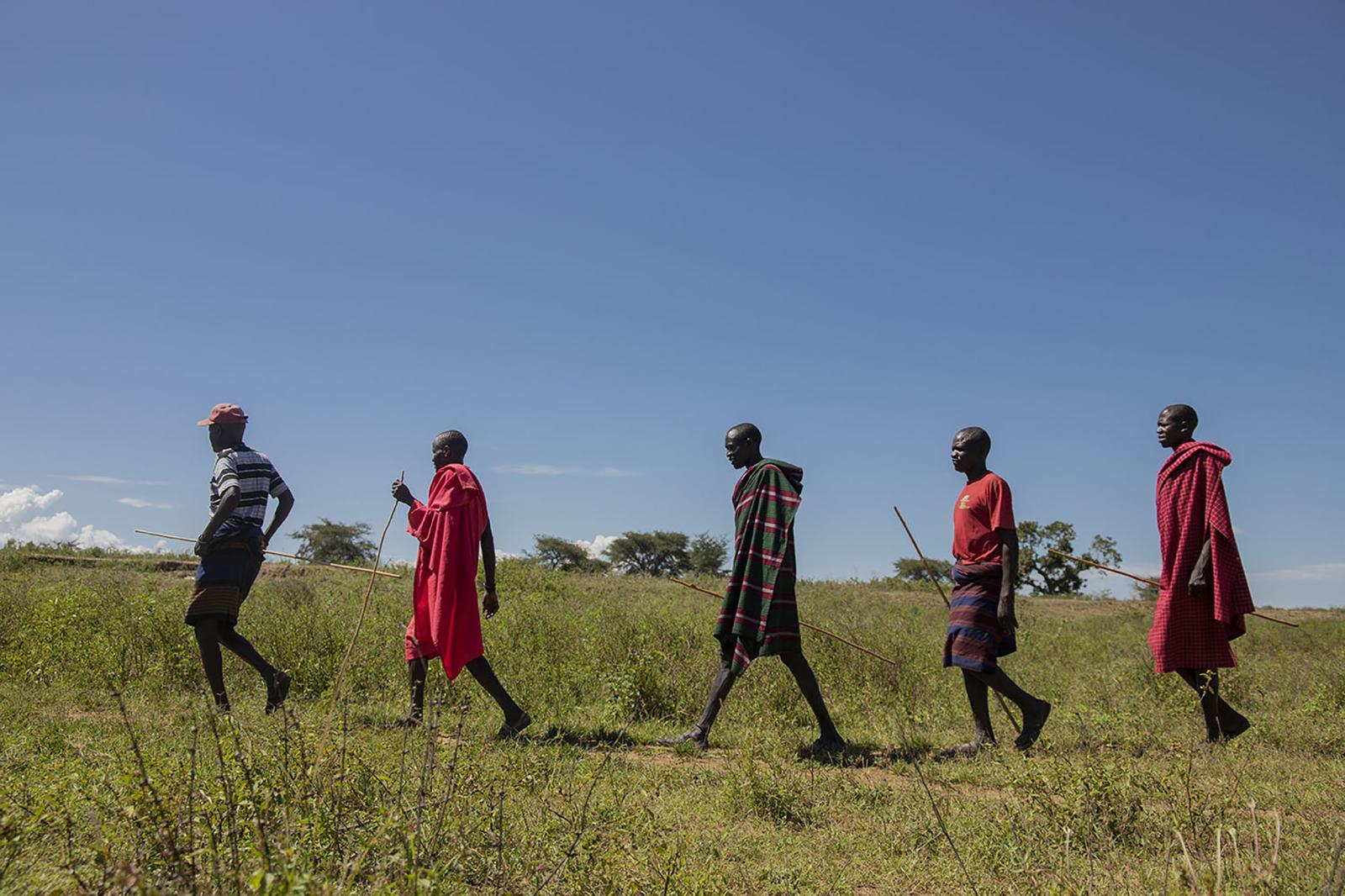
In 2021, anticipating a dry season, Amudat, Nakapiripirit and Nabilatuk realized an early onset of torrential rains, whereas Kotido and Kaabong districts experienced unpredictable rains. The patchy vegetation that sprouts in the wake of these flash floods are seen especially in Kotido, Amudat, and Nabilatuk districts. Karamoja accounts for about 20% of the country’s herd of livestock, but Irregular weather patterns coupled with the inconsistent rainfall supply in the region has influenced a great number of pastoralist dropouts. Former herders have ventured into crop farming or small-scale businesses, but face challenges in crop agriculture due to lack of skills. Expecting a dry spell, many also decided not to cultivate, increasing the food insecurity in the region.In Kotido district alone, it is noted that the number of Karamojongs selling their livestock as a result of food shortage is growing, something that was very unusual before, given their sentimental attachment to the animals that made selling a near taboo.
Dr. Antony Egeru, a human ecologist and researcher on dry areas told me that there is a 70 percent likelihood that a crop planted in the Karamoja sub-region will fail because of the unpredictable rainfall. This essentially means that the community is operating in a difficult time as their fallback plan is no longer available, leaving the population at the risk of famine and drought. A July 2021 report analysis by IPC indicates that overall, the highly food insecure population in the region has progressively worsened, increasing from 27 percent in June 2020 to 30 percent in March 2021 - This leaves children in households under acute malnutrition due to inadequate food access and arguably contributing to the increase in cattle theft and raids.
Amidst the challenges, several water sources and systems have been developed through government, NGO, and community efforts to manage the crisis and climate variability. At least six sources of water exist in the region, providing water for both human and livestock use – boreholes, windmills, ponds, valley dams, river beds, and rivers. When receiving rains, rivers are highly utilized for livestock water, whereas the desperate dry periods with no rains have people digging out sand in the river beds to reach the water. Over time, valley dams (constructed water bodies that provide continuous water for livestock and basic home use) including; Arecek-Nakicumet in Napak, Kobebe in Moroto, Lomogol in Kotido, and many others have also proved to be very useful in the region especially in Moroto and Napak where the major dams have hardly dried since construction.
"Shifting Seasons” will take a deep-div in the complexities of the situation while highlight the challanhes and how diiffrent communities have adopted to these challenges.Will resume again effective after receiving funding, and be completed three months later

